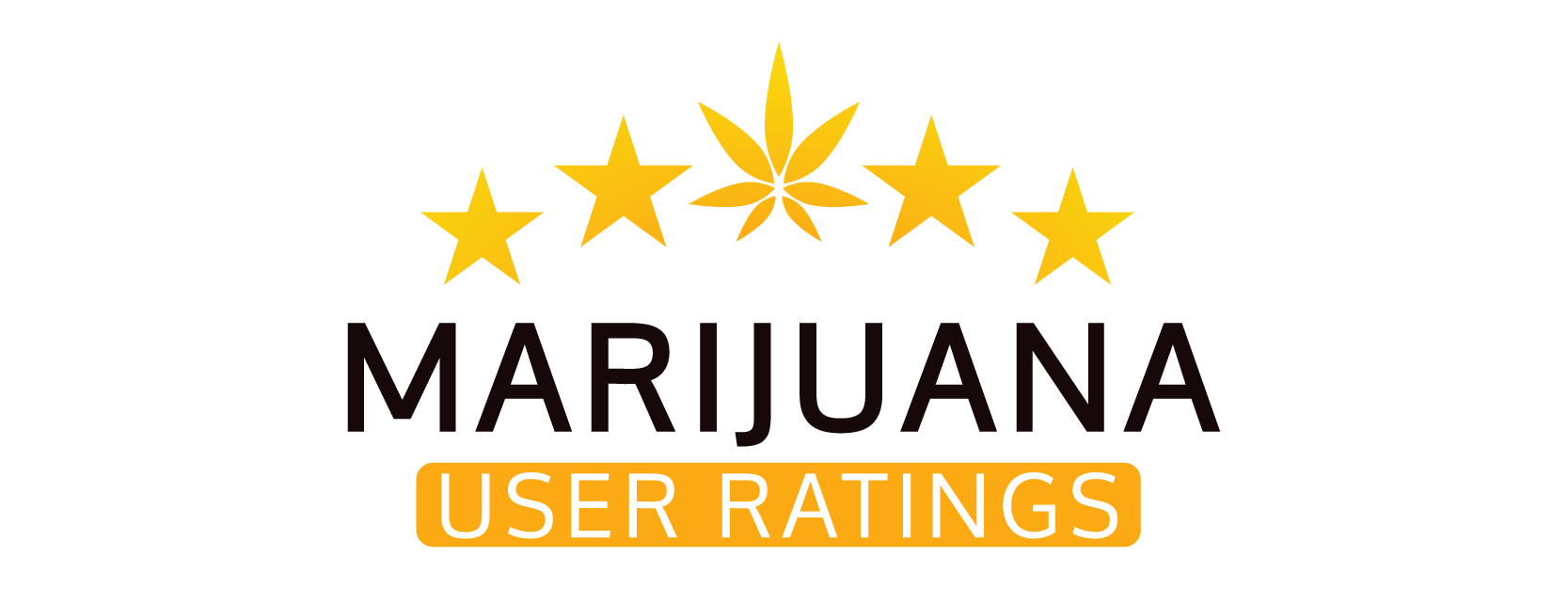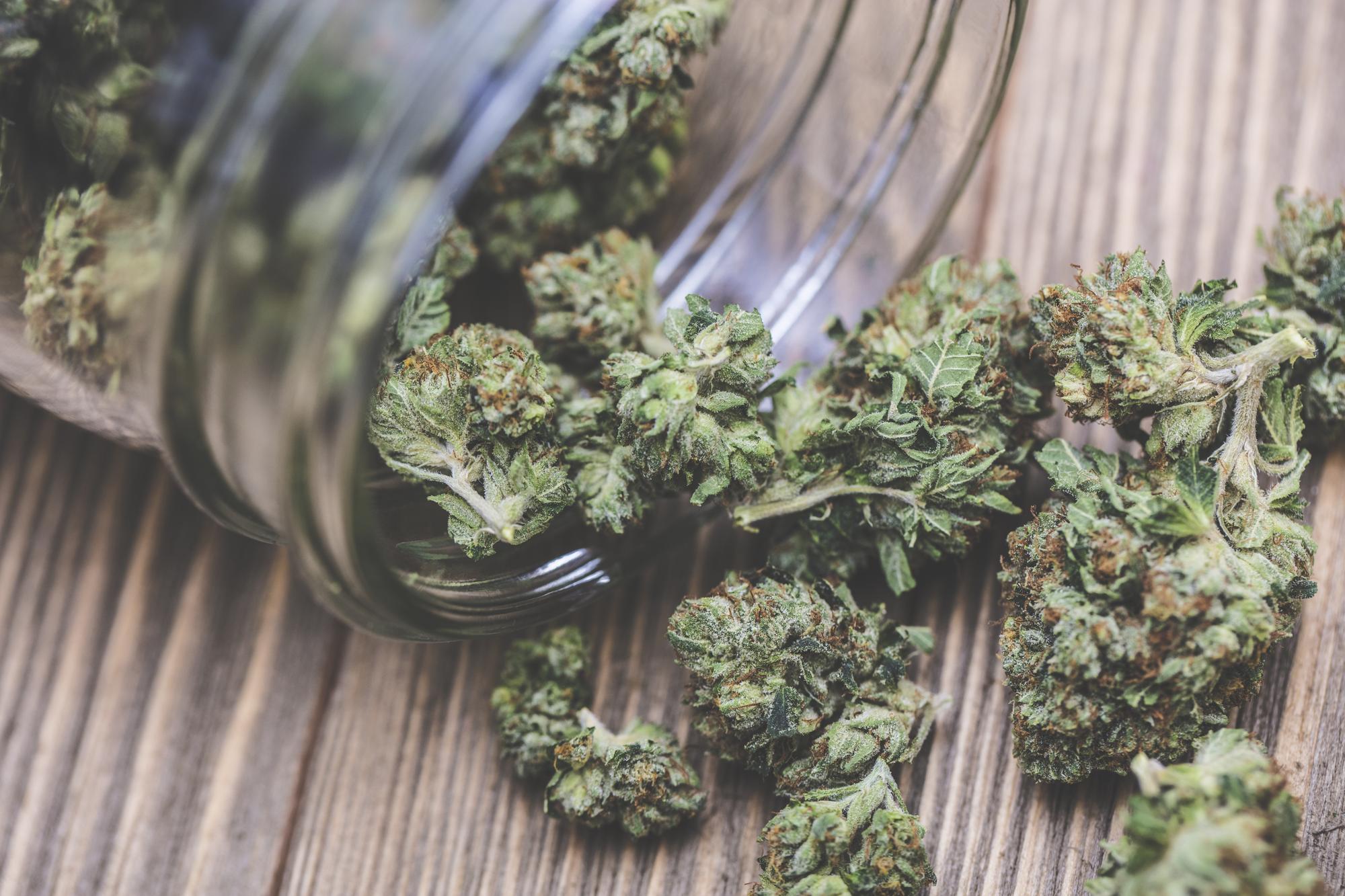Here’s what the data suggests: consumers on the West Coast and East Coast don’t rate cannabis by the same yardstick—not because tastes are inherently different, but because market maturity, prices, and category mix nudge expectations before a shopper ever clicks “five stars.”
Start with price and maturity. Legacy West Coast markets (California, Washington, Oregon) offer deep assortments and intense price competition after years of expansion and oversupply. California’s August 2025 average item price was ~$18.83 with category-heavy sales in vapor pens and flower—evidence of a broad, value-aware market where seasoned buyers compare across dozens of brands and SKUs. In such environments, consumers tend to be tougher graders on mid-tier flower and reward innovations like infused pre-rolls or flavorful, reliable vapes with higher marks.
By contrast, East Coast markets are younger and pricier, which changes what “good” feels like to shoppers. New York’s August 2025 average item price (~$32.04) was among the highest in the nation, yet sales and units more than doubled year over year—so early adopters are paying premium prices while still forming baselines for quality and value. Those higher prices can amplify reactions in reviews: a $60 eighth that performs like a $40 West Coast jar may draw sharper criticism, while standout batches can earn raves for “finally” justifying the ticket.
Category preferences also tilt ratings. In California, vapor pens run nearly neck-and-neck with flower in monthly sales, supporting a vape-forward culture that rewards smooth hardware, terp clarity and consistency—features that often translate into higher user scores within the category. Meanwhile, New York shoppers ordered flower more than half the time in Q1 2024 on Weedmaps (53%) and edibles 27% of the time—well above the national edible share—while vapes lagged far behind the U.S. average. That mix implies East Coast reviews skew more toward bag appeal, grind quality and burn (flower), and dose reliability and onset (edibles), whereas West Coast scores more frequently weigh vapor performance and flavor in addition to flower metrics.
Regulatory and supply dynamics compound the split. Leafly’s harvest analyses have documented how Western overproduction and price compression collided with scarcer supply back East, shaping shopper expectations about freshness and value. When consumers are used to abundant, inexpensive flower in the West, their bar for a “four-star” nug is simply higher. Conversely, in emerging East Coast markets where legal access and storefronts are still scaling, novelty, convenience, and trustworthy labeling can lift ratings even when selection is narrower.
Finally, demographics and use cases matter. BDSA’s ongoing Consumer Insights show expanding participation in newer markets and a large share of edible consumers preferring lower doses—patterns that align with New York’s heavier edible ordering and suggest more wellness-oriented shoppers entering the review pool, which can pull average ratings upward for gentle, predictable products.
Bottom line: there isn’t a single “coastal palate,” but coastal contexts. West Coast reviewers in mature, price-compressed markets often grade tougher and reward innovation and consistency in vapes, pre-rolls, and premium flower. East Coast reviewers—paying more, buying more flower and edibles, and joining the market in waves—tend to spotlight potency-per-dollar, reliable dosing, and straightforward flavor. For brands and retailers, reading ratings through this lens is essential; identical products can earn different scores because the market around them is different.

